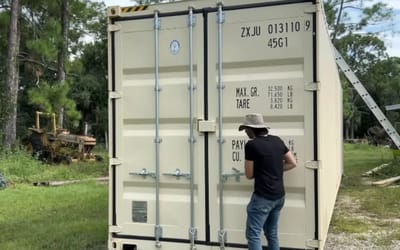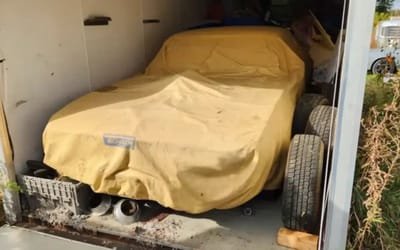Inside the ‘underwater space station’ designed to house aquanauts
- The grandson of ocean explorer, Jacques Cousteau, is following in his footsteps
- He’s building a network of ocean floor research stations
- They’ll eliminate the need for SCUBA divers to adjust to differing pressures
Published on Jan 24, 2024 at 9:13 PM (UTC+4)
by Amelia Jean Hershman-Jones
Last updated on Feb 01, 2024 at 1:54 PM (UTC+4)
Edited by
Adam Gray
The grandson of ocean explorer, Jacques Cousteau, is building a network of ocean floor research stations likened to an ‘underwater space station’.
Scheduled to be completed by 2025, the first station of the project, named Proteus, will lie beneath the waves off the coast of Curaçao.
Fabien Cousteau’s vision for how humans can live and work in the ocean long-term centers around underwater habitats.
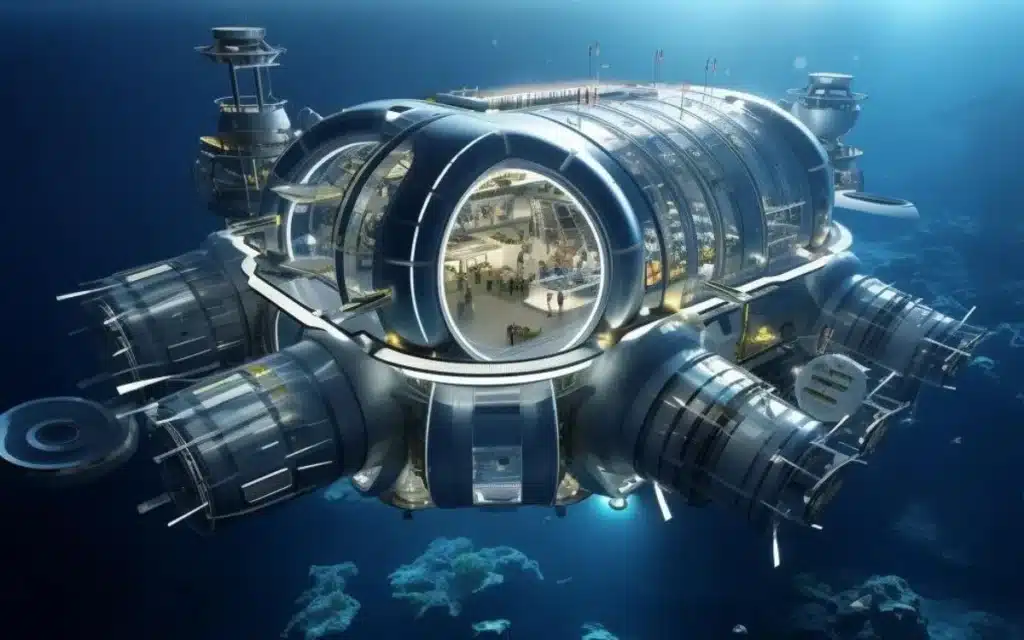
READ MORE! Diver shares the truth about mysterious hollow island blacked out on Google Maps
But rather than the sealed and submarine-like bubbles that might immediately spring to mind – this is like nothing you’ve seen before.
The constructions are designed to look and feel just like houses on land.
These homely spaces feature a galley, kitchen, workspace, and sleeping quarters.
As a bonus, they also have windows to the stunning underwater world outside.
The ‘front door’ comes in the form of a moon pool.
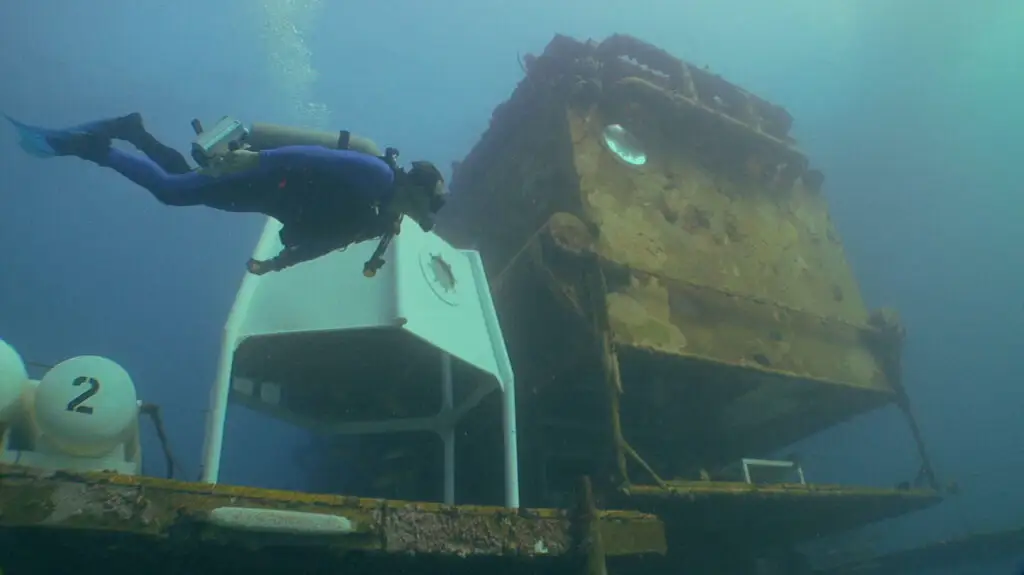
It will sit on the bottom of the house to allow easy access in and out.
“It’s very different from a submarine. A submarine is a bubble. Proteus and the deeper water station will not technically be pressure vessels,” Cousteau says.
“The ambient pressure inside will be the same as the pressure outside. A pressure vessel is when you have a differential in pressure inside versus outside.”
He compares it to taking an upside-down cup and pushing it down into water.
Instead of water filling the cup, an interior air bubble forms.
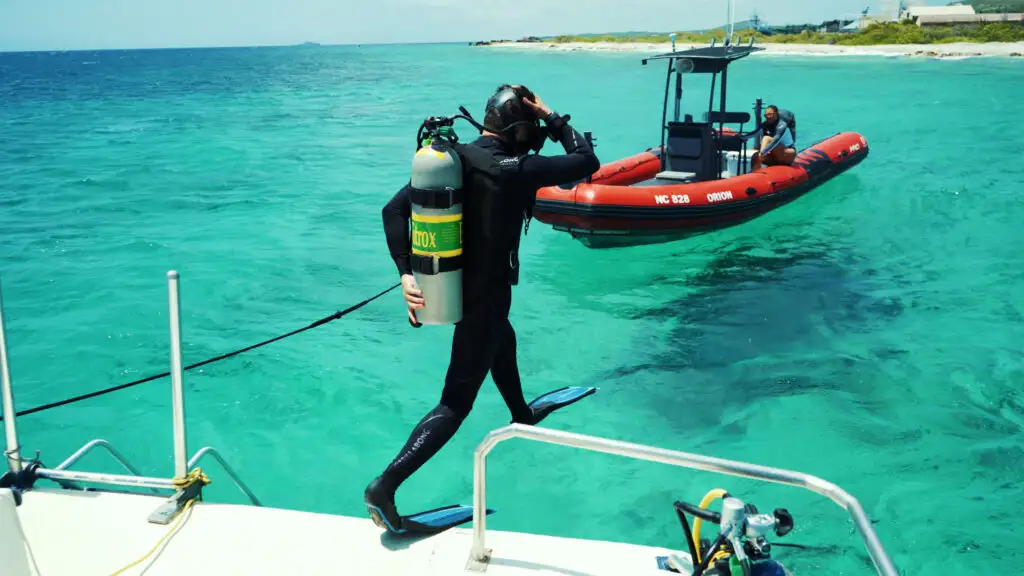
That’s because the pressures inside and outside of the vessel are balanced.
This would be useful for Proteus’ SCUBA-diving inhabitants.
The need to adjust to differing pressures inside and outside are eliminated.
It’s being viewed as the marine analog to the International Space Station.
But instead of astronauts living there, it would house aquanauts.
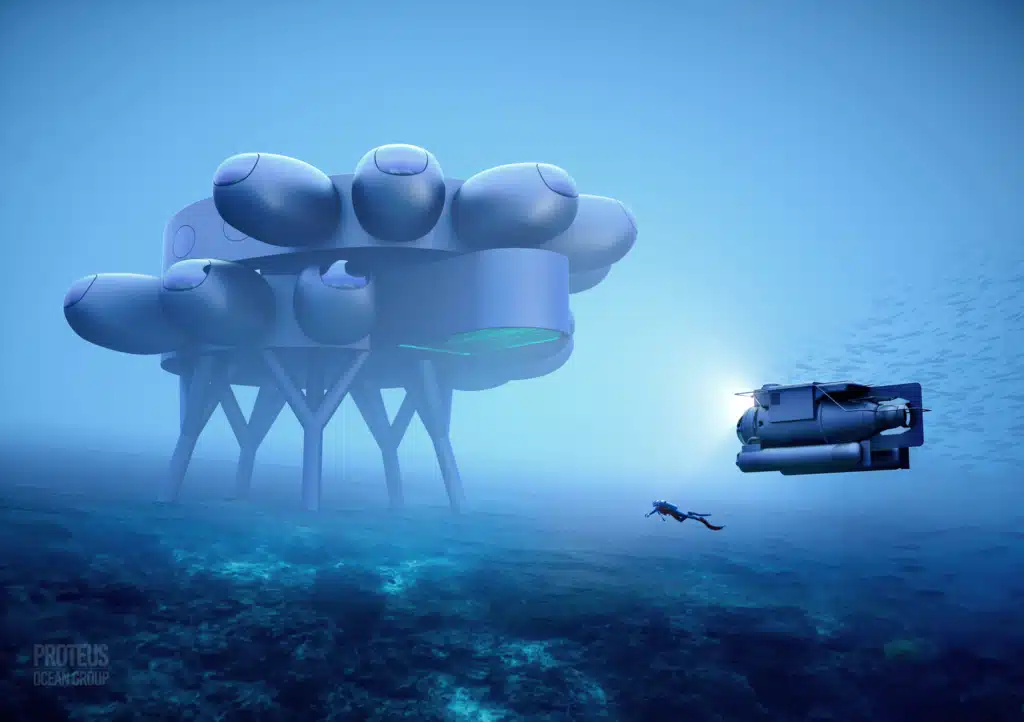
In fact, much of Proteus’ technology is similar to space technology.
And there’s much to research below the waves with this ancient underwater ‘pyramid’ only just discovered.
The first unit off of Curaçao will sit in a marine-protected area at around 18.3 m (60 ft) below sea level.
“An underwater lab gives us the ability to stay underwater for extended periods of time,” says Cousteau.
A regular scuba diver descending to a depth of 60 feet can only stay underwater for an hour or so because of rapid changes in pressure.
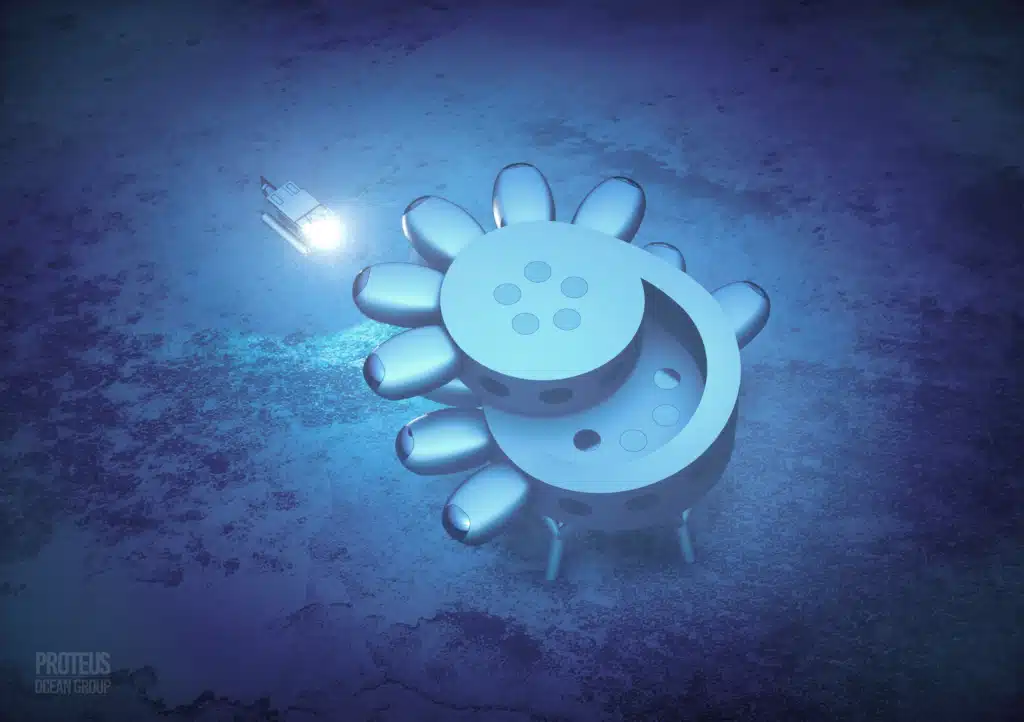
The ‘underwater space station’ allows researchers to collect data all day every day.
This man who lived underwater for 100 days had ‘life glitch’ transformation.
It’s not dissimilar to changes faced by returning astronauts as they’re said to return to Earth as ‘different people’.
Proteus Ocean Group is a private company which would operate and run the site.
Additional sites for the Proteus network are being sought out in waters surrounding Europe and the US.
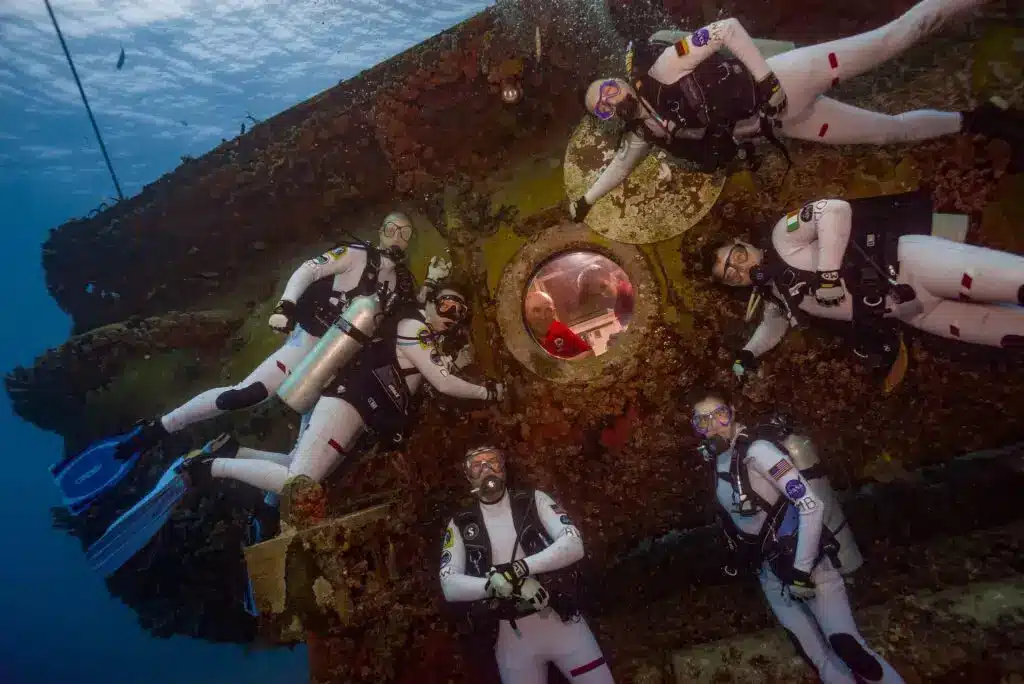
The seafloor has been 3D mapped to aid construction.
If everything goes as scheduled, alongside a connected deeper water satellite station, Proteus is expected to be installed underwater by the end of 2025.
A land-based mission control station will sit alongside the ‘underwater space station’.
Forbes puts the price for building the ‘underwater space station’ at $135 million.
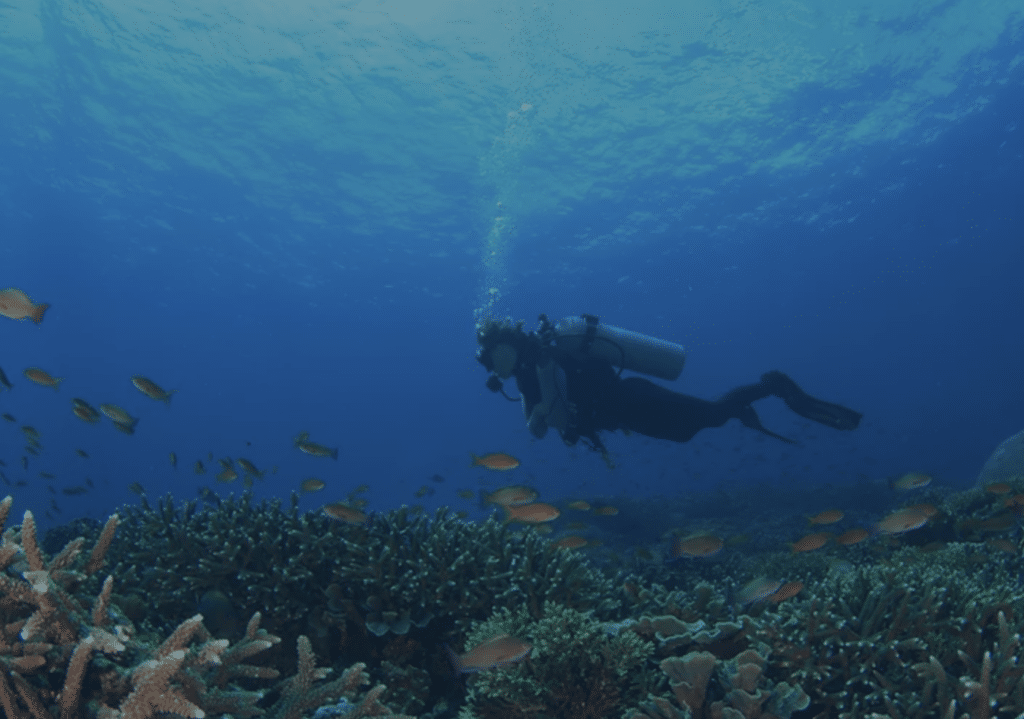
While it sounds revolutionary, Cousteau’s famous grandfather was actually one of the first to pioneer underwater dwellings in thee 1960s.
According to The History of Diving Museum, over 60 seafloor habitats have been built in history.
Most of them have been left abandoned.
Aside from research opportunities, it’s believed there’s an opportunity for underwater tourism that’s “more attainable” than space travel.
DISCOVER SBX CARS: The global premium car auction platform powered by Supercar Blondie
All Supercar Blondie contributors undergo editorial review and fact-checking to ensure accuracy and authority in automotive journalism. After gaining her BA Hons in French and English at the University of Nottingham, Amelia embarked on a vocational diploma from the National Council for the Training of Journalists (NCTJ). This led to numerous opportunities, from interning at Vogue to being on the small team that launched Women’s Health magazine in the UK, which was named the PPA Consumer magazine of the year for three years running. As Health, Beauty and Fitness editor, Amelia personally received a Johnson & Johnson Award and was shortlisted for both PPA and BSME titles. Since then, Amelia has created content for numerous titles and brands, including the Telegraph, 111 Skin, Waitrose, Red magazine, Stylist, and Elle, as well as being Head of Content at Vitality and Editor in Chief at INLondon magazine. “My superpower is translating technical jargon about the mechanical workings of a supercar into a relatable story you’ll want to share with your friends after you’ve read it.” After joining the SB Media family as a senior journalist in September of 2023, Amelia’s role has evolved to see her heading up the SEO output of the editorial team. From researching the most ‘Google-able’ key terms to producing evergreen content - it’s been a time of hard work, growth, and success for the editorial team and the Supercar Blondie website. “I like to think of myself as a ‘method journalist’. In other words: I live and breathe whatever I am writing about. When writing about fitness, I trained as a personal trainer, and as a beauty editor, I completed an ‘expert’ in scent diploma with the Fragrance Foundation. “During my tenure at Supercar Blondie, however, I did something I never thought possible: I passed my driving test at the age of 36. One day I’d love to train as a mechanic to better understand what happens under the hood, too. “My sweet spot is providing readers with a ‘takeaway’ (read: something new they didn’t know before) after reading every one of my stories. While I don’t claim to be an expert in the automotive world, I know the experts and bodies in the field to rely on to provide our readers with an informative and thought-provoking story every time they visit the site.”


